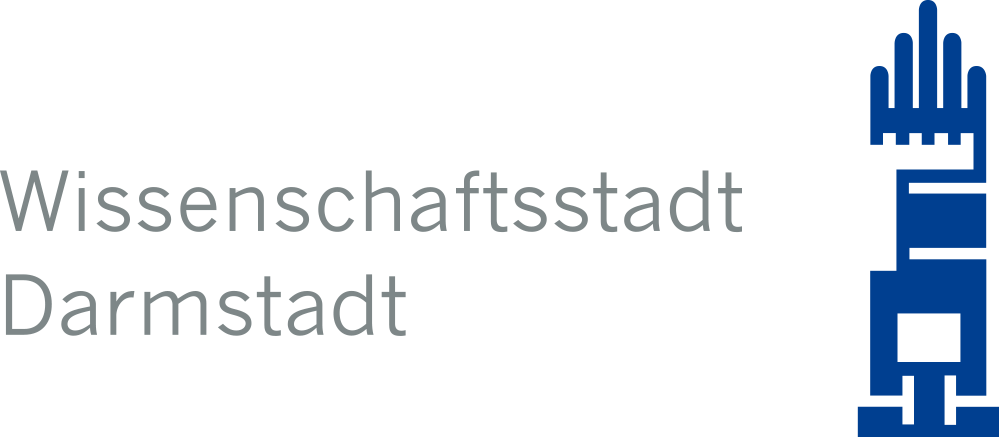Graz (Austria)

Twin City since 1968
General information
In 1964, the former mayor of Graz Gustav Scherbaum and his Darmstadt colleague Dr. Ludwig Engel met during a conference of European local authorities at Strasbourg, and soon they were of the opinion that their cities should become partners. Ludwig Engel, who over his daughter had links to Norway, also visited Trondheim to which the Martin-Behaim Society of Darmstadt kept some contacts. The mayors of the three cities met at Graz in 1966, and in 1968 the ring-partnership of Darmstadt-Trondheim-Graz was founded. Since then, many exchanges – mostly of cultural and scientific nature – have taken place among the three cities.
Graz was first mentioned nearly 900 years ago, and soon it grew into a town. In medieval times and in Renaissance, it was a splendid residency of the Hapsburgs, and still today it possesses the largest and best preserved Old Town Centre in Europe which was accepted by UNESCO into the World Cultural Heritage.
Graz is the capital of the province Styria and the second largest town of Austria. It is situated in the south eastern part of the country, and today it counts more than 250,000 inhabitants. A strong economy and the trade fair Grazer Messe International determine the city's pulse. Graz is for some people the bridge to the East, and for others the gate to the West.
The Schloßberg, the green hill, rises 473 meters above the unique red brick townscape of Graz. Once it carried a citadel, but only a few parts of its massive construction are left. Reminders such as the casemates exist today as a wonderfully restored open-air stage.
The Clock Tower is a highlight of any guided tour over the Schloßberg, and the town's emblem. Its heart rings the bell for Graz since 1712 – still with the original clockworks and one of the country's oldest bells (1382).
Graz is a town of the Italian Renaissance, the Arcades Courtyard of the Landhaus is considered its climax. The house and the yard, a piece of art by the fortress builder Domenico dell'Allio of the 16th century, today form the charming framework for concerts and open-air performances.
The Town Hall is located at the southern side of the Graz centre Hauptplatz, animated by numerous market stands, and actually this is already the third town hall at exactly the same place. In the middle of Hauptplatz there is the fountain Erzherzog Johann-Brunnen, in commemoration of the "Prince of Styria", the founder of the regional museum Joanneum, from which the university of technology originated.
Three universities, the music academy, countless stages, the Forum Stadtpark, and last but not least the classic festival "Styriarte" and the "Steirische Herbst", have laid the basis for the cultural city of Graz. In the year 2003, Graz as the only town in Europe and as the first city in Austria carried the much sought-after title of a "Cultural Capital of Europe".
The "Mur Island" and the "Art House Graz" will remind that year, when Graz was Cultural Capital of Europe.


